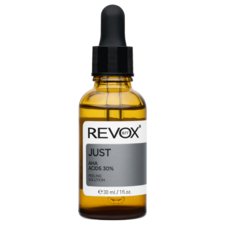AHA acids have been used in professional face treatments for a long time and as one of the most well-known cosmetic ingredients, they have a very wide range of applications. They are most commonly found in products such as: scrubs, tonics, toners, serums and face creams, in a certain concentration. What are AHA acids and what purpose do they serve? Who, when and how can they be used? You will find answers to these questions below.
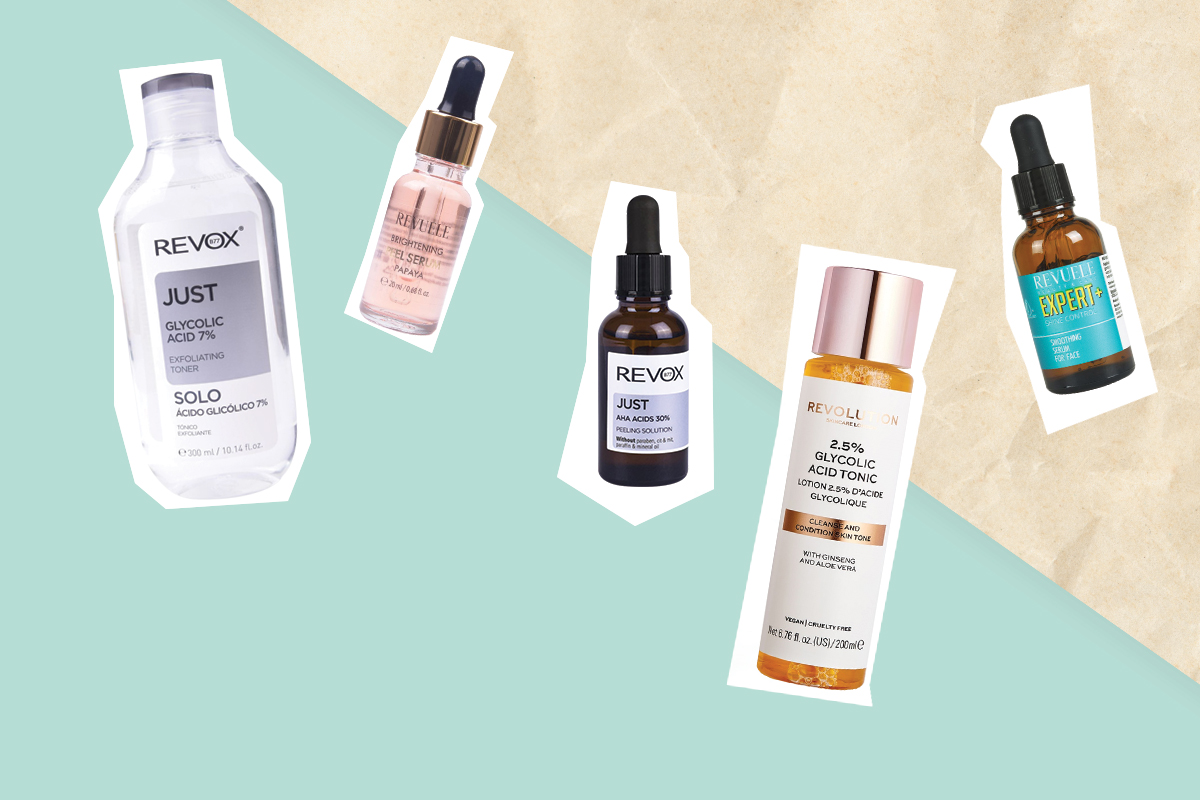
What are AHA acids
Alpha Hydroxy Acids (AHA) are natural acids that are mostly derived from plant or animal-based sources (such as milk). They are also known as fruit acids because they are often derived from fruit processing. These acids are naturally present in food, which we consume in certain amounts.
AHA acids act as exfoliators on the skin surface, removing dead cells. At the same time, they soften and smooth the skin, improve its texture, even out the skin tone, and give the skin a healthy shine and natural glow.
They have the ability to regenerate skin and lighten the skin tone. Thanks to the fact that they “peel” the skin’s surface layer and stimulate the production of new young skin cells, they are often used to remove acne scars and hyperpigmentation.
They can help in treating acne and preventing the appearance of new ones. By removing dead cells from the skin’s surface, the likelihood of clogging pores, which is one cause of acne, is reduced. Due to this ability, AHA acids do not have to be used only for facial care, but also for treating other areas prone to acne outbreaks (chest, back).
They have also proven to be effective in treating the visibility of shallow, surface wrinkles and fine lines.
In addition to the main effects, AHA acids also have secondary benefits. They help better absorption and greater efficiency of other ingredients and treatments. By cleaning the skin of accumulated dead cells, they allow nourishing ingredients from creams and serums to penetrate deeper into the skin and produce quicker effective results.
Certain types of these acids also have additional benefits, such as antioxidant and moisturizing properties, as well as the ability to stimulate collagen production and increase skin elasticity.
All these features make AHA acids a super-powerful cosmetic ingredient and fully justify their huge popularity in professional cosmetic treatments. In addition, AHA acids are a common ingredient in face care products that can be used in home skin care treatments.

Types of AHA Acids
In cosmetic applications, several types of AHA acids are used, the most well-known are:
- Glycolic Acid,
- Lactic Acid,
- Malic Acid,
- Citric Acid,
- Tartaric Acid,
- Mandelic Acid.
Glycolic Acid
Glycolic acid is mostly derived from sugar cane and is one of the most commonly used AHA acids in cosmetics. It has small molecules, making it easier to penetrate the skin’s pores, softening the surface layer, effectively removing dead cells. It is commonly used for chemical peels, pimple treatments, acne scars, and reducing the visibility of wrinkles.
Lactic Acid
This type of AHA acid is most commonly derived from dairy products. Lactic acid causes the least unwanted reactions and is usually used on skin that is sensitive to other AHA acids. It is used for treatments that reduce the visibility of wrinkles, has hydrating effects, balances the skin’s pH, and has antimicrobial properties.
Malic Acid
Malic acid is derived from fruit, primarily apples. It can also be found in apricots, strawberries, peaches, plums, cherries, bananas, and other fruits. It is mainly used for the exfoliation of facial skin, as well as acne treatments. It has an acid base, so it is not suitable for all skin types.
Citric Acid
This acid is derived from lemons, as well as other citrus fruits (tangerines, oranges, limes). It acts as an antioxidant and has the ability to protect the skin from the negative effects of free radicals. It is most commonly used in treatments to reduce and lighten scars and dark spots on the face.
Tartaric Acid
This is a subtype of fruit AHA acid and is most commonly derived from unripe grapes. Tartaric acid has antioxidant properties.
Mandelic Acid
This type of AHA acid is obtained from bitter almonds and is known for its antibacterial properties. It is often used in acne and hyperpigmentation treatment.
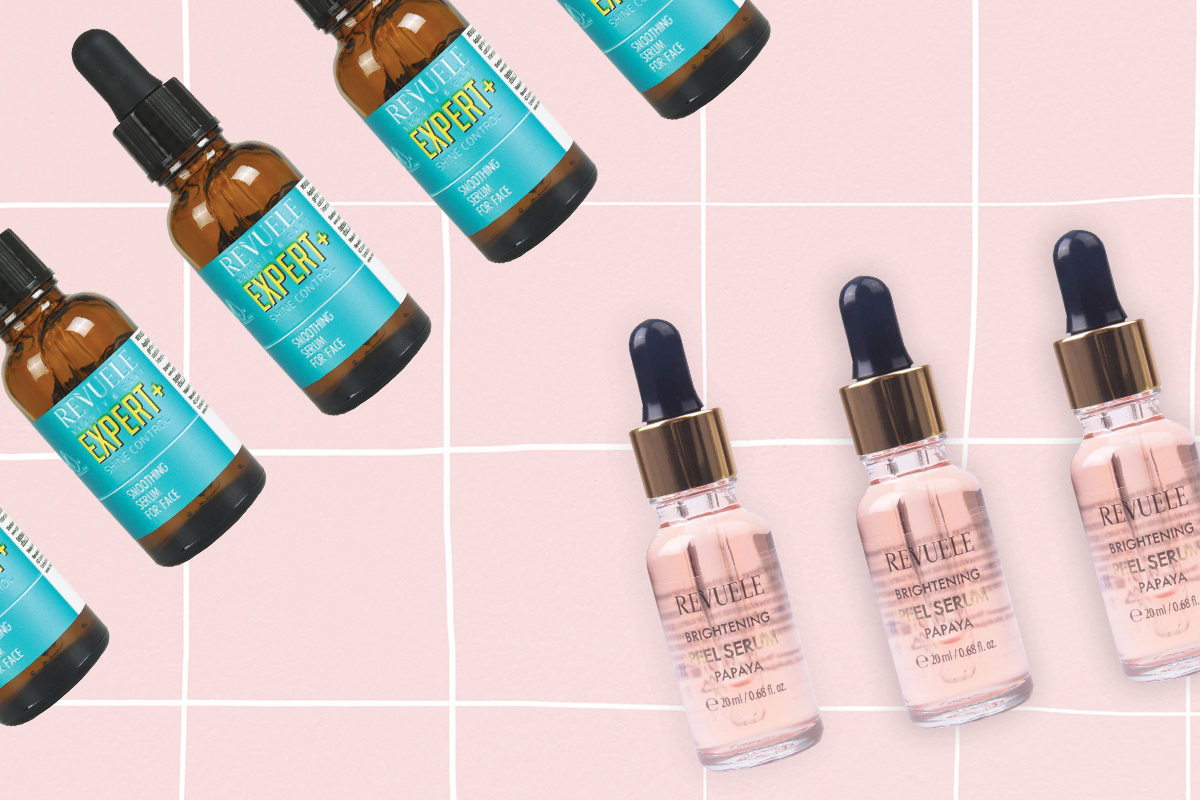
Are AHA Acids Intended for Everyone
Molecules of AHA acids dissolve in water, making them particularly suitable for dry, normal, and combination skin.
If you have oily skin, it is recommended not to use AHA but BHA acids, that will be one of our topics in the next period. In short, BHA acids have the ability to dissolve in oil, so they are suitable for the skin care prone to acne and increased sebum secretion. Unlike AHA acids, BHA acids penetrate deeper into the skin and clean the pores more effectively.
AHA acids are an extremely popular cosmetic ingredient. However, it is not advisable to use them (in certain concentrations) without prior consultation with a dermatologist and cosmetician in case you:
- have freshly shaved skin (as they can cause irritation and redness);
- have an extremely dark complexion (as they can cause pigment changes and the appearance of spots, leading to an uneven complexion);
- have a skin disease: psoriasis, rosacea, eczema…;
- have extremely sensitive skin prone to irritation.
When to Use AHA Acids
AHA acids are phototoxic and reduce skin’s resistance to sun rays by 50 percent. The best time to incorporate AHA acids into skincare treatments is late autumn. Specifically, in cosmetic salons, these treatments are most commonly practiced during the period from autumn to the beginning of spring, when our skin is naturally less exposed to UV radiation.
Since these acids increase skin photosensitivity, if you plan to use creams and serums with this ingredient at home, now is the time to try their effectiveness. Due to the exfoliation that AHA acids perform, the skin becomes much more sensitive to UV rays, which can last for a week after the application of the peel, serum or cream. Even in the winter period, it is mandatory to apply cream with SPF, multiple times a day.
How to Use AHA Acids
Dermatologist and professional cosmetologist recommendations are to start with products containing AHA acids in lower concentrations. Gradually introduce these ingredients into your skincare routine, constantly monitoring skin reactions. It would be best to test skin reactions to this ingredient before starting the facial treatment, for example on the forearm or neck.
To begin with, use cosmetics with a lower concentration of AHA acids 5-7%, once a week, then gradually increase the frequency of use if there are no signs of irritation. You can also gradually move on to a higher concentration, but to a certain limit. More than 10% of acid in peels, tonics, serums, and creams are not advisable for independent, daily use. Products containing a higher concentration of AHA acids are used for professional treatments in cosmetic salons and for so-called chemical peels.
It is very important to be patient. Results are usually visible only after three weeks of regular and proper application of AHA acid treatments. Experiences suggest that the effects of AHA acids in the form of serums and creams can be seen after a slightly longer time, and that these products do not need to be used for more than 12 weeks continuously.
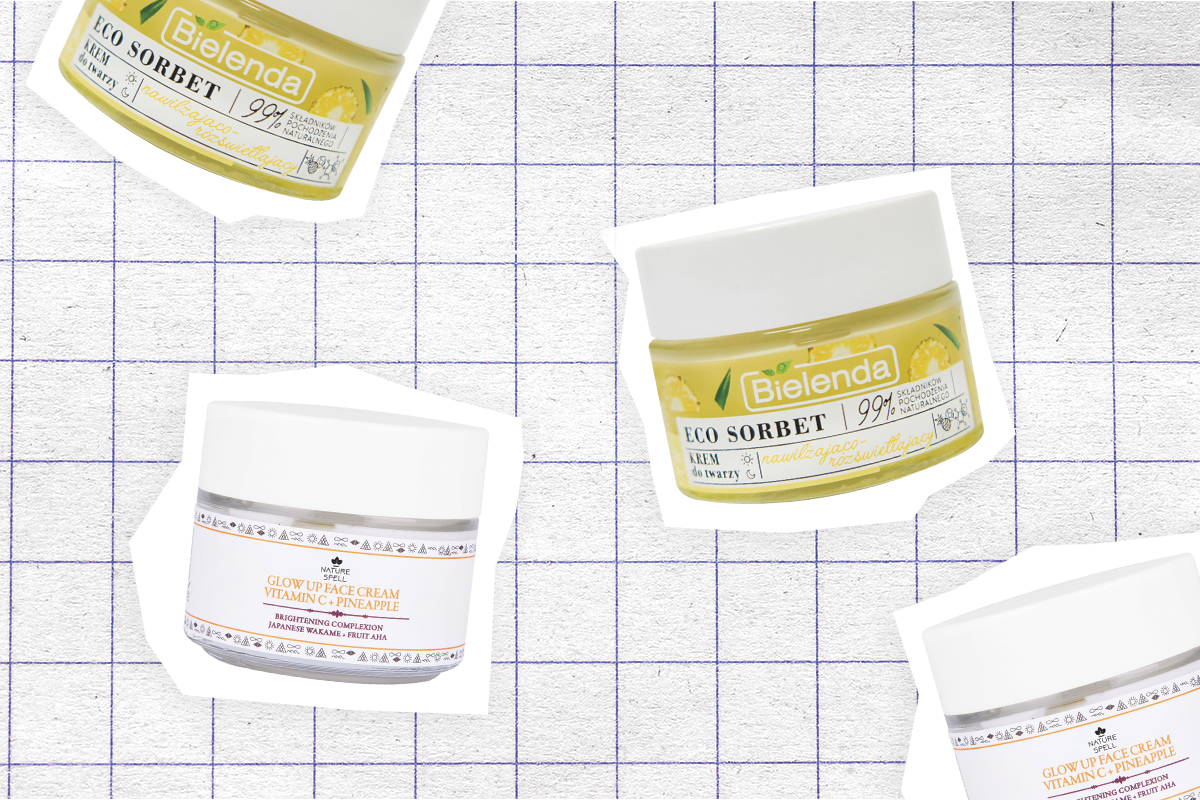
What are your experiences when it comes to using this ingredient in cosmetic purposes? Have you ever done an AHA acid treatment? If you have your favourite products, please share the information with us in the comments and we shall highlight a few of our favorites in the following.
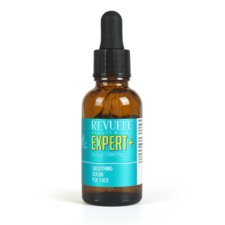

.jpg)
.jpg)
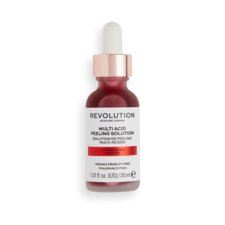

-1.jpg)
-3.jpg)
